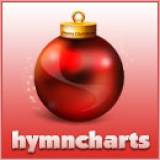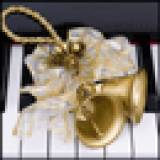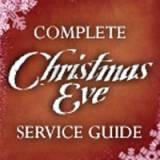
O Come O Come Emmanuel 2013 (Don Chapman)

O Come O Come Emmanuel 2013 (Don Chapman)

O Come O Come Emmanuel 2013
Don ChapmanSynth Strings Details
Download the Orchestration for O Come O Come Emmanuel 2013 by Don Chapman, from the album Christmas Eve Service Guide - Joy. This song was arranged by Don Chapman in the key of G.
| SongID | 24683 |
|---|---|
| Language | English |
| Album | Christmas Eve Service Guide - Joy |
| Artists | Don Chapman |
| Authors | Thomas Helmore, Don Chapman |
| Arrangers | Don Chapman |
| CCLI Song No. | 5205541 |
| File Type | |
| Pages | |
| Available Keys | G |
| Meter | 4/4 |
| Style | Ballad |
| Tempo | Med Fast |
| Theme | Advent, Christmas, Christmas Carol, Christmas Eve |





